Pueblo County Jail
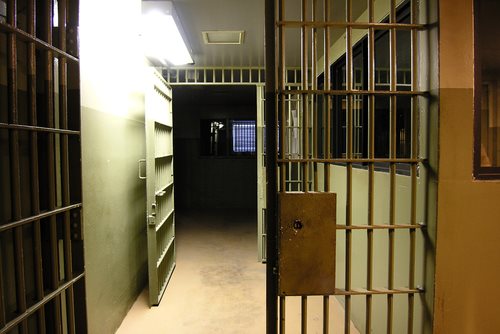

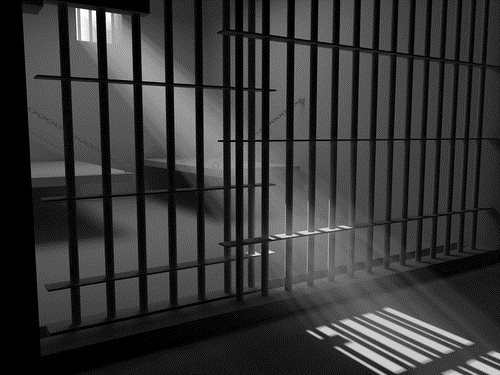
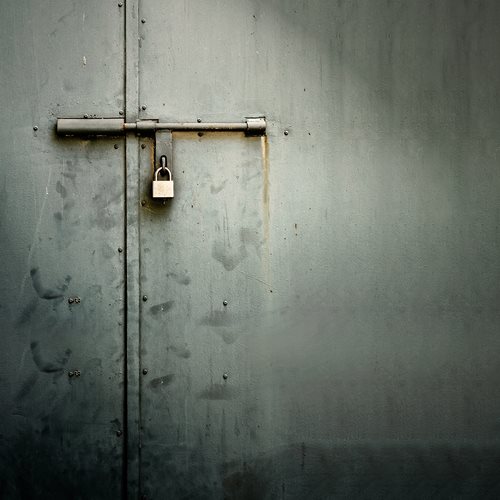
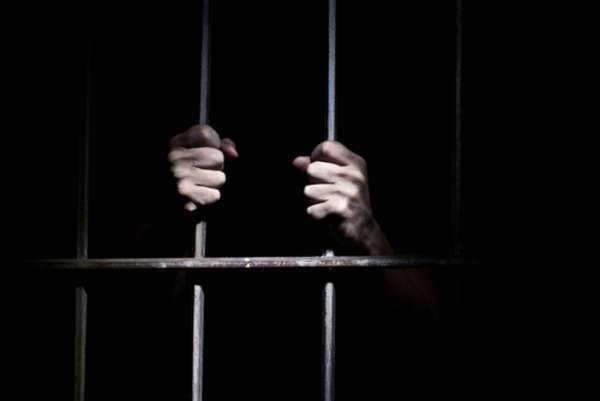
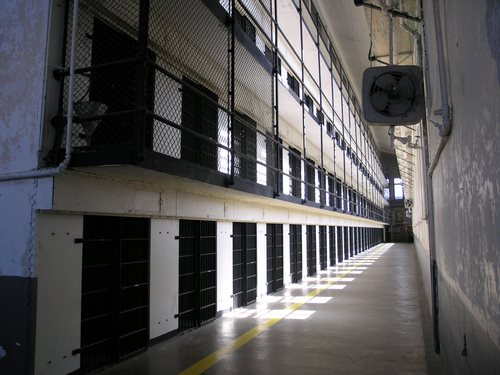
The New York State Prison System is administered and controlled by the New York State Department of Correction Services. the NYSDOCS is in charge of a total of 71 correctional facilities, which currently hold nearly 63,000 inmates and prisoners.
A total of 31,300 make up the staff of the NYSDOCS, with about 23,000 being correction officers. The headquarters for NYSDOCS is located in Albany, New York, and is currently in charge of the fourth largest prison system in the United States.
Two of the most well-known state prisons in New York are Rikers Island and Attica Prison. Rikers Island is the main jail compound in the city of New York. Rikers Island is located on the East River, between the boroughs of Queens and the Bronx. Rikers Island opened its doors in 1932 and the facility is considered to be a temporary housing complex, which consists of a total of ten jails.
Offenders are held here while awaiting trial, cannot post bail, are waiting to be transferred to another state facility, or are serving a year or less of incarceration. The average inmate population is about 14,000, though it can be as high as 20,000 on any given day, including staff.
Attica Prison is located in the town of Attica, New York, and opened its doors in the 1930s. It is currently considered to be a maximum security penitentiary with an all-male population. It has been known to house some of the most notorious criminals in the history of New York State, including David Berkowitz, the serial killer that was dubbed as the Son of Sam. If you need legal advice and assistance, contact New York lawyers.
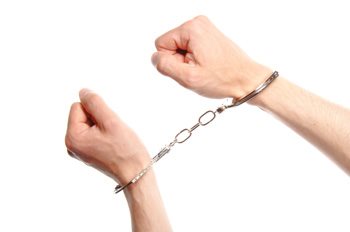
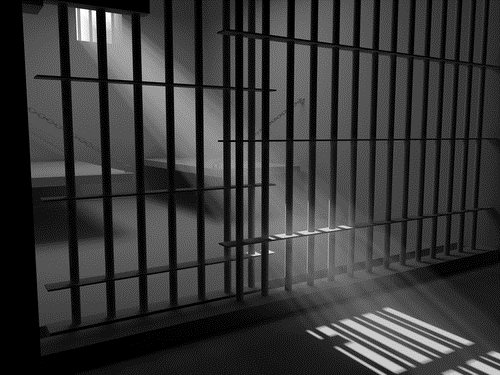
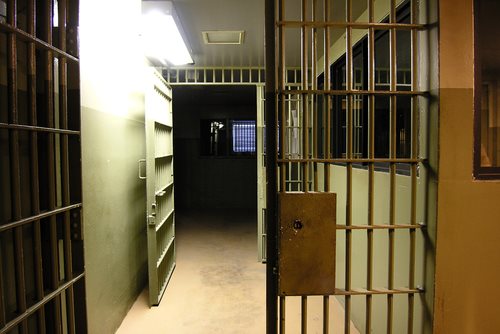
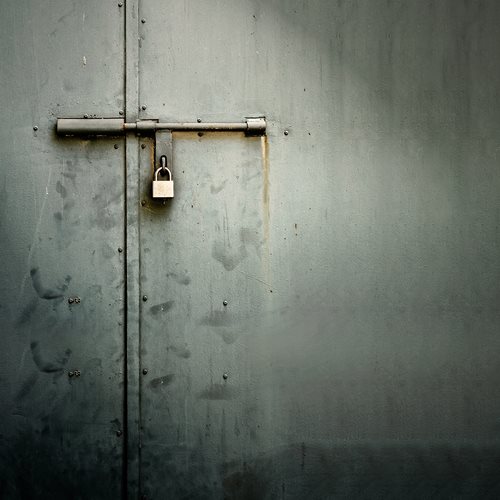

The Michigan State Prison was the first prison facility in the state, which would open in 1839. The first permanent fixture of the Michigan State Prison, however, would not be completed until 1842. The original Michigan State Prison was built in Jackson, Michigan, though the facility would later be moved to a new location and building in 1926. The prison would hold almost 6,000 prisoners, becoming the largest walled prison in the world. With the new location, just north of Blackman Township, the facility would be renamed the State Prison of Southern Michigan in 1935.
Michigan State Prison would be enclosed by a wall made out of concrete that stood nearly thirty-five feet high, which enclosed the entire perimeter of the facility. There are a total of twelve watch towers and sixteen total cell blocks. A total of nearly 6,000 cells are contained with the Michigan State Prison, with 268 of them being quarantine cells.
The Michigan State Prison, even though known to be maximum level penitentiary, has had its series of riots and attempted escapes. One of the most daring escapes to occur in the United States happened at Michigan State Prison in 1975. Dale Remling attempted to escape the facility by using a helicopter, where he managed to not only fly six miles to where the getaway cars were located, but actually escape the authorities after a car chase.
However, Remling would eventually surrender himself a few days later. In 1981, a riot took place where about 800 inmates took over to cell blocks, which would take almost eleven hours to subdue. If you need legal advice and assistance, contact Michigan lawyers.